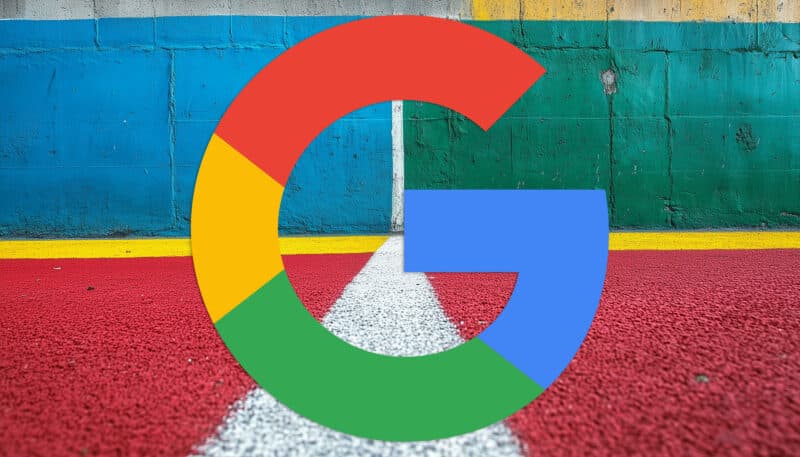
Navigating Google’s Updated Site Reputation Abuse Policy: Implications for SEO Professionals
The digital landscape is evolving endlessly, and with it comes the critical need for clarity in search policies. Google’s recent update to its site reputation abuse policy sheds light on pivotal shifts that all SEO professionals, digital marketers, and content creators must closely examine. The significance of this update cannot be understated; it challenges previous understandings of content ownership and responsibility while directly impacting how search rankings are manipulated.
Historically, the perception was that a site’s involvement with third-party content—whether through licensing agreements or white-label services—offered a safety net against penalties for exploiting search rankings. The newly refined policy, though, disabuses this notion. It’s now clear that a site’s complicity in publishing third-party content designed to exploit ranking algorithms breaches Google’s guidelines. This shift was spurred by an inquisitive review into various business practices affecting search ranking integrity.
For SEO professionals and content marketers, this update emphasizes a dual vigilance: monitoring both owned content and any third-party collaborations that may inadvertently contravene Google’s updated standards. While Google maintains the focus on user experience, the nuanced understanding that not all third-party content is harmful remains critical. However, deliberate misuse—regardless of first-party oversight—will draw Google’s scrutiny.
Moreover, the policy enforcement mechanism remains manual, which underlines the need for proactive compliance checks and an understanding of the content landscape. Site owners receiving penalties will likely be held accountable through Search Console notifications, making adherence to these guidelines vital for preserving SEO standings.
The updated approach also introduces an interesting facet regarding content ranking. Certain sub-sections of a site may be treated independently based on their ranking signals, effectively ensuring that misaligned content does not gain undue favor from the overarching reputation of a primary site. This ensures that quality and relevance remain core to search success—a goal that all SEO experts should champion.
A noteworthy intersection of this policy with digital practices like URL shorteners and link management is evident. Tools designed for link optimization must now be utilized with a keener understanding of this policy to ensure that the content supported does not inadvertently breach Google’s standards. Using reputable URL shorteners not only aids in analytics but can also play a role in maintaining compliance within these updated guidelines.
In conclusion, this policy update serves as a critical reminder of the evolving nature of SEO and content marketing. Adapting strategies to align with Google’s clear directives is paramount for maintaining search visibility and ensuring the integrity of user experiences. Stakeholders in the SEO community must embrace these changes, inform their practices accordingly, and ultimately strive for ethical and effective content management.
Visit us for more insights on SEO and content compliance.
#BitIgniter #LinksGPT #UrlExpander #UrlShortener #DigitalMarketing #SEOBestPractices
Want to know more: Read more here

